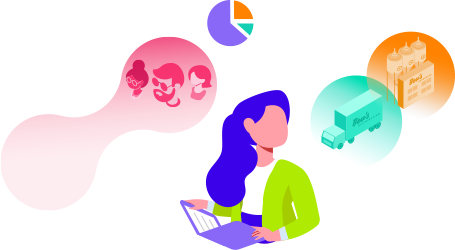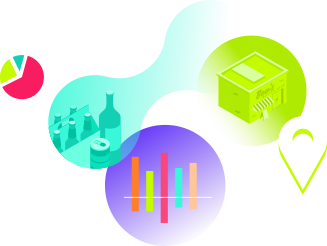3
3 Tier System
The three-tier system refers to the alcohol distribution system in the U.S. comprised of suppliers/producers (tier 1), distributors (tier 2), and...
A
ABPs
AI
Artificial Intelligence is the ability of computer systems to perform things that are normally done by people — in particular, things associated with...
API
Application Programming Interface is a type of software connection between computers or programs that allows applications or operating systems to...
Assortment
B
Bev Al/Bev Alc
BI
Business Intelligence refers to the tools, technology and strategies used by businesses to support the analysis of business information and data. BI...
C
Category
CE
Chain
Cloud-Based
COGs
Consumer Data
CPG
CRM
Customer relationship management is a technology system used to manage a company’s relationships and interactions with customers and potential...
Customer vs Consumer
Customer-Centric Selling
CWD
D
DaaS
Data Governance
Data Integration
Data Management
Data Mining
Data Visualization
Data Warehousing
Depletion Data
Distributor
Distributors act as the middleman between the manufacturer (brewery/winery) and the retailers (bars/restaurants/liquor stores) that sell the final...
DMA
E
ERP
F
FMB
G
GDPR
Geographies
GTM
H
I
Independent
M
Market Share
MBOs
ML
N
NA
Nielsen TD Linx
O
Off-Premise
On-Premise
P
PaaS
Package
POD
POS
POS Data
Product Mapping
Product Master
Product vs Service vs Solution
Q
QBRs
R
RAS
Retail Year/Retail Calendar/4-5-4 Calendar
Retailer
A Retailer is a business that sells goods to the public for use or consumption. In the 3-tier system of the alcohol industry, retailers are Tier 3.
RMAs
ROS
RTDs
S
SaaS
Scan Data
Segment
SKU
Software
Software is a collection of programs and other operating information used by a computer to know how to work and what to do. This is in contrast to...
State Store
STR
Streaming
Streaming is the method of transmitting or receiving live or recorded data (especially video and audio) via the internet as a steady, continuous flow...
Supplier
Supplier refers to the business that supplies the goods to a buyer or distributor. In many cases a supplier can also be the manufacturer. In the 3...
Syndicated Data
W
Wholesaler
A Wholesaler is a person or company that sells goods or raw materials in large quantities at low prices, typically to retailers. "Wholesaler" and...

